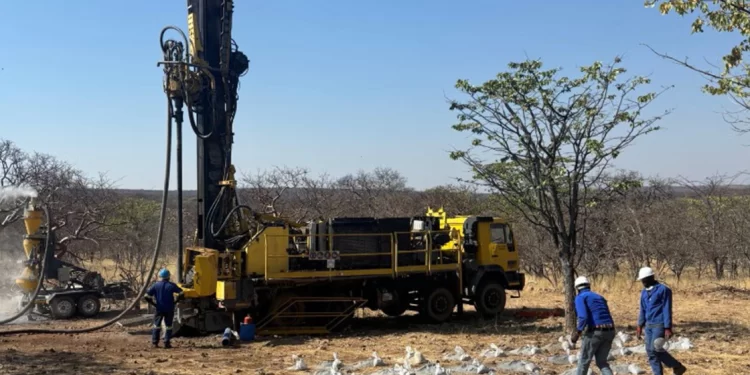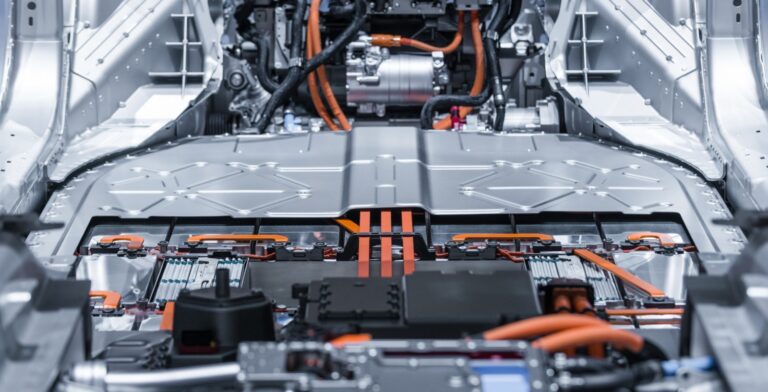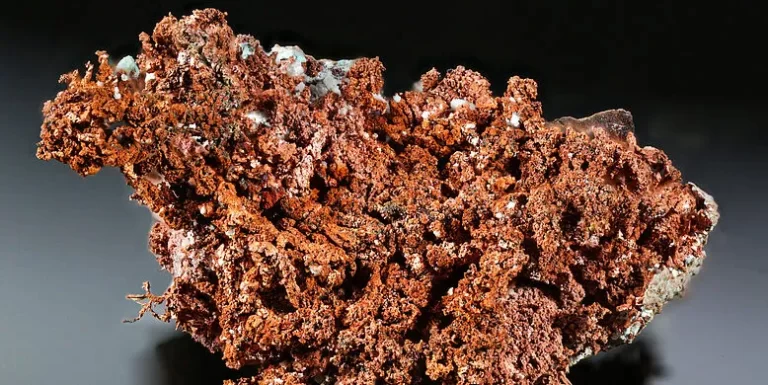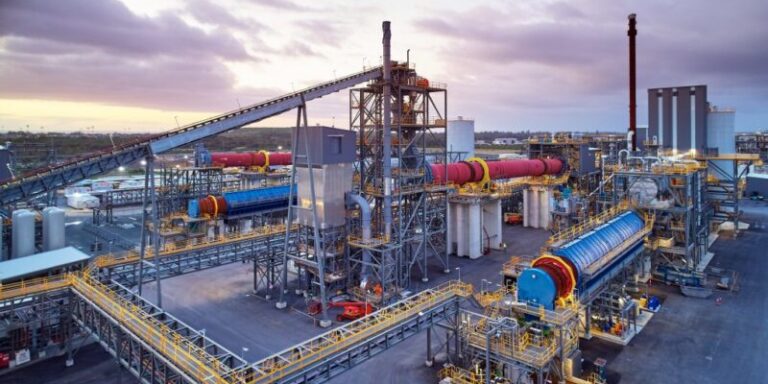
Cazaly Resources has successfully completed initial drill testing at the Ohevanga prospect, part of its Kaoko lithium project in northern Namibia.
Samples from the drilling program have been sent to the sample preparation laboratory in Okahandja for crushing and grinding. Once processed, the sample pulps will be forwarded to the ALS laboratory in Ireland for further analysis.
The company began a 1,200-meter reverse circulation drilling program on September 9, 2024. The Ohevanga lithium target, covering an area of 120 km², was originally identified through wide-spaced (1 km) surface sampling.
Subsequent infill surface sampling confirmed the continuity of anomalous lithium mineralization, exceeding 110 ppm lithium, with the mineralization currently believed to be stratiform in nature.
At this early exploration stage, the potential deposit style is considered to be sedimentary-hosted. Sedimentary lithium deposits form as lithium is transported into basins and chemically reacts with other minerals.
The lithium bonds in these deposits are typically weaker than those found in spodumene (from pegmatites) but stronger than those in brine deposits.
The Kaoko Belt, where the project is located, consists of sedimentary rocks from the Damaran Supergroup, which were deposited during the rifting period and overlay the Congo Craton.
The next steps in the exploration program will be determined based on the results of the current drilling, which are still pending.
The Kaoko Critical Minerals project (EPL6667) is located in northern Namibia and is held under a joint venture between Cazaly Resources (95%) and local partner KDN Geo Consulting CC (5%).
The tenement was renewed on June 21, 2024, for a three-year period, expiring on June 21, 2027. Cazaly Resources also holds an Environmental Clearance Certificate for the ongoing exploration activities on EPL6667, with no known impediments to the project.
Historically, Rio Tinto Namibia Pty Ltd conducted work in the area between 1993 and 1995, focusing on copper and zinc exploration to the south of the Kaoko project.
Between 2011 and 2015, Kunene Resources Ltd. and First Quantum Minerals Ltd. (JV) performed regional geochemical sampling, interpreted regional geophysical data, and conducted geological mapping. The region has also seen historical exploration for oil, gas, and uranium.





